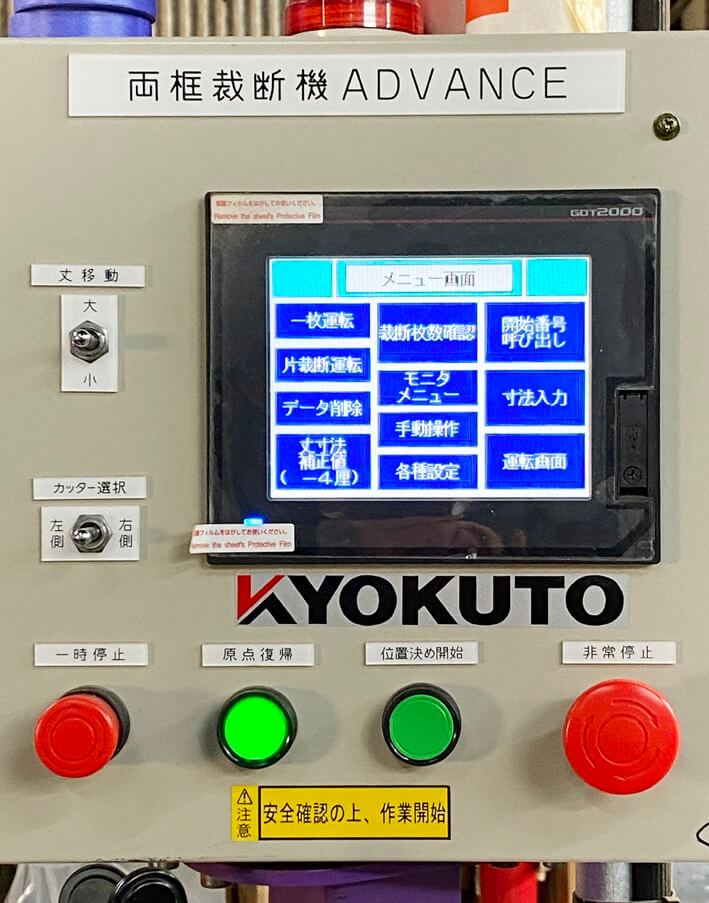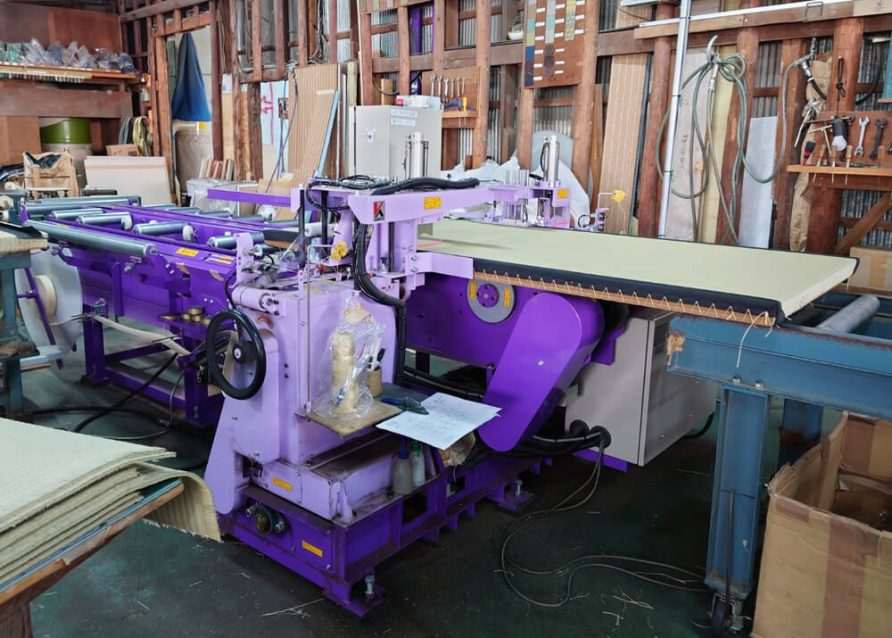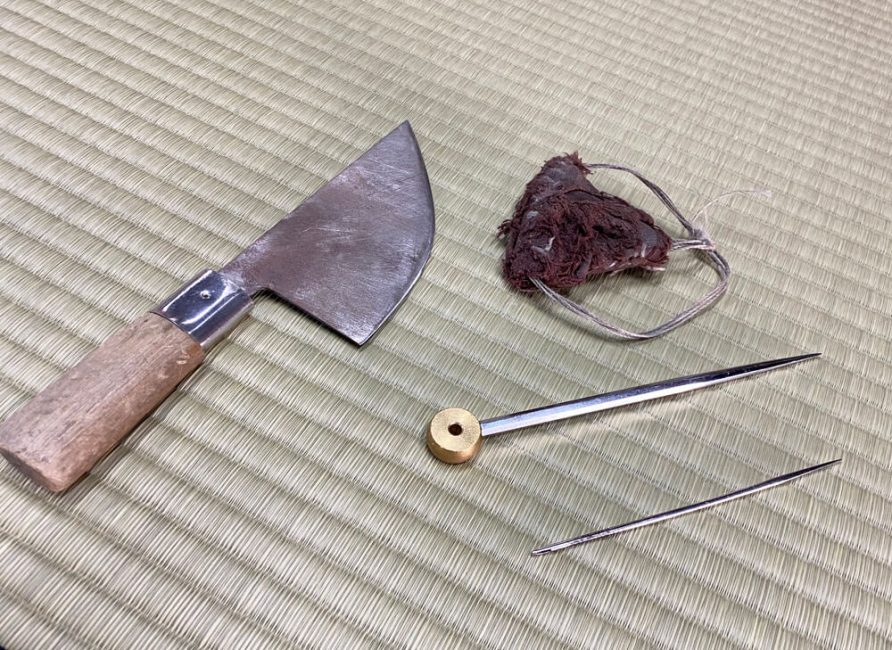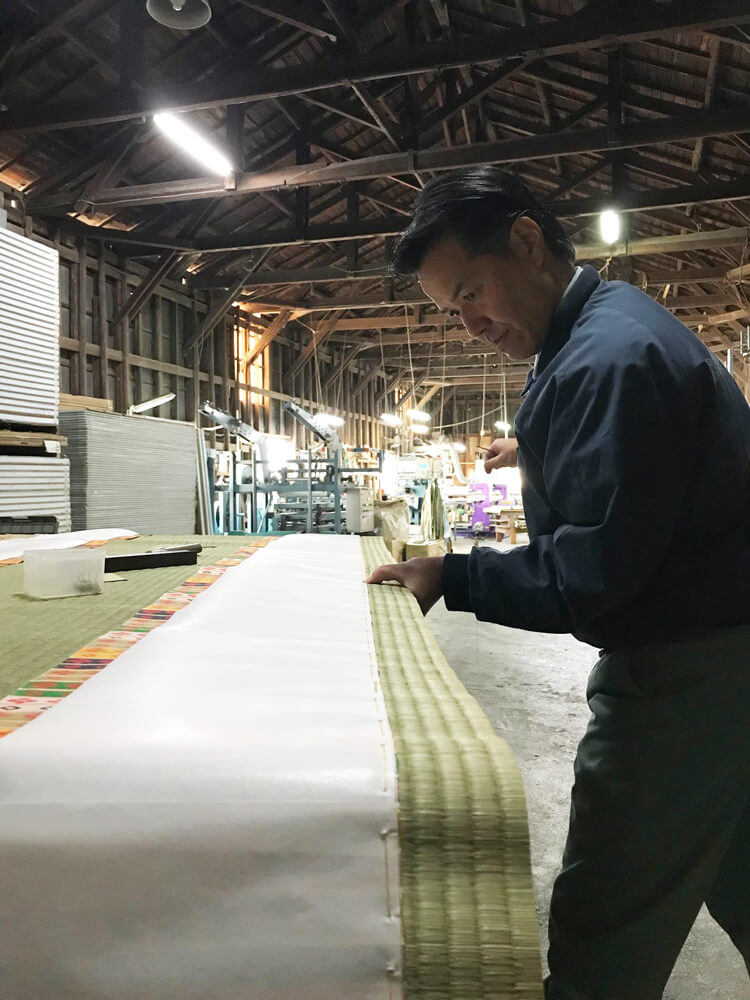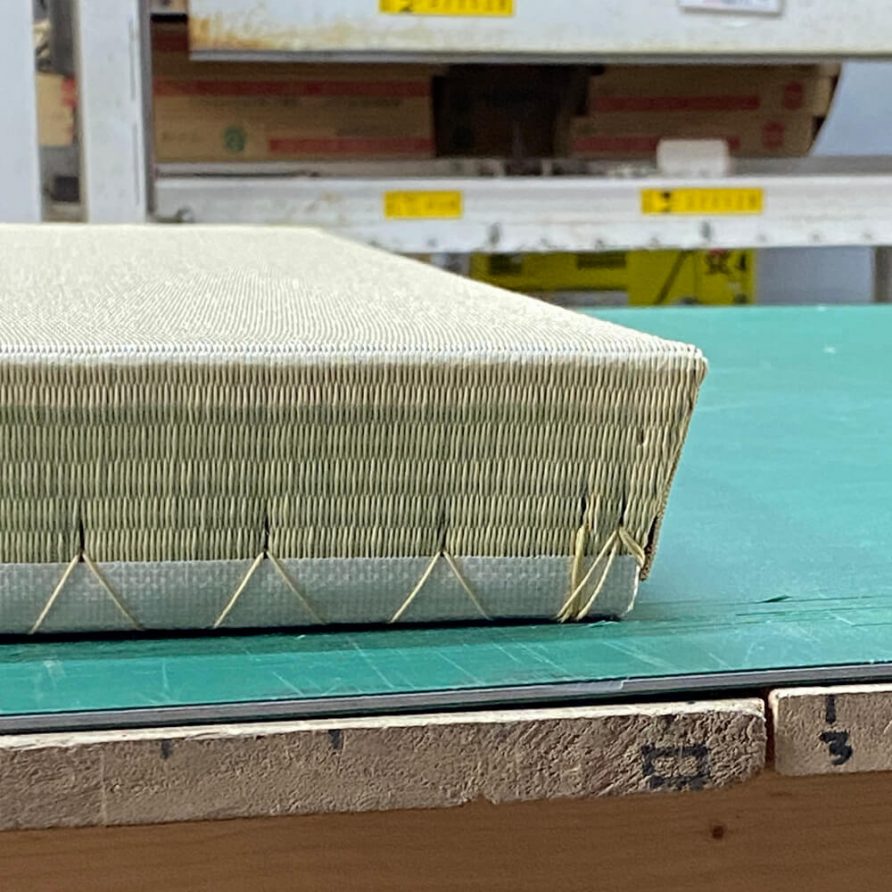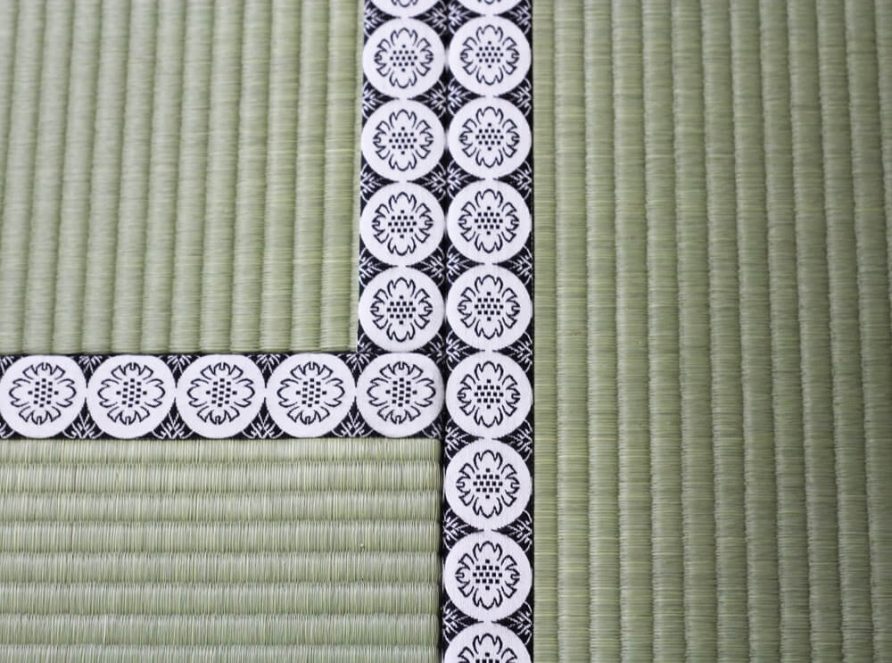Professional Commentary
Interviews with professionals in the fields of architecture,
design, traditional crafts, and art in Japan.
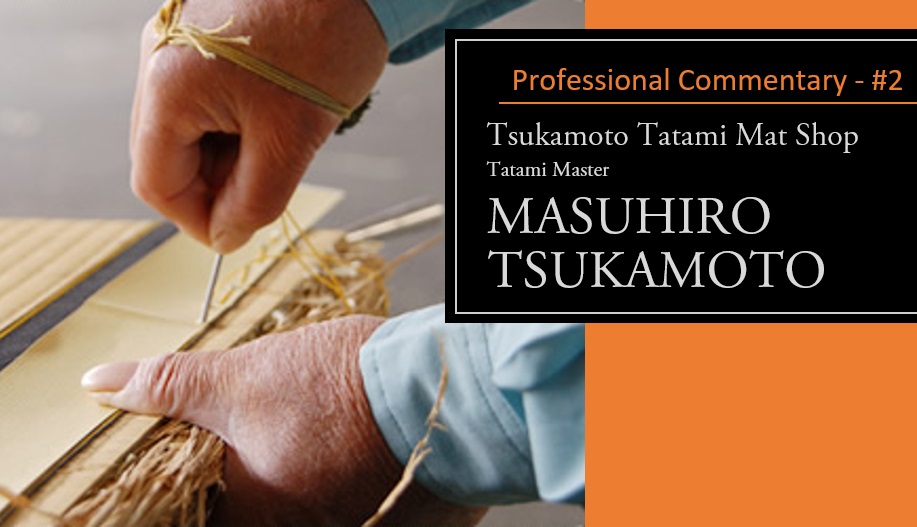
Tatami Master Talks about Real Craftsmanship
What Is Tatami Loved by Japanese People?
October 17. 2023
Tatami is a traditional Japanese flooring material made of rush grass and rice straw.
We visited a long-established Tatami store in Nara and spoke with a Tatami Master Craftsman, MASUHIRO TSUKAMOTO. He talks about craftsmanship and commitment to tatami, as well as the appeal of tatami in Japanese culture.
PROFILE
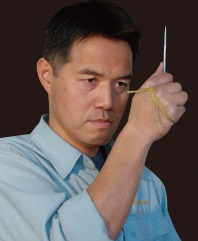
Tsukamoto Tatami Mat Shop塚本畳商店
Tatami Master
MASUHIRO TSUKAMOTO塚本 益広
Tsukamoto Tatami Mat Shop is a long-established tatami store located in Nara City for three generations since its establishment in 1928.
The company installs tatami mats into 2,000 projects yearly. It is a well-known Tatami maker in the local community. Their tatami mats are installed not only in residential houses but as well as many temples and shrines in the ancient capital of Nara.
The owner, MASUHIRO TSUKAMOTO, is one of the “Tatami Doctor,” which is given to a certified professional who passed an exam offered by the Japanese tatami association. Tatami doctor has the knowledge to diagnose all issues of tatami and be able to advise a good tatami for healthy living.
- External Link
- Tsukamoto Tatami Mat Shop
― Tell us about the company.
M. Tsukamoto : I am the third generation of a tatami store established in Nara in 1928.
In the beginning, I only made tatami mats, but as the business expanded, I became involved in the fusuma (sliding door) and shoji (paper sliding door) business, as well as wallpapers and plastering work.

Tsukamoto Tatami Mat Shop

Delivering tatami mats by auto tricycle
(Around 1950)
I am a nationally qualified Tatami Production Technician and produce tatami mats as a tatami craftsman, and a certified tatami advisor, known as “Tatami Doctor,” in Japan.
Tatami is used in many temples and shrines, so we need a professional who has the knowledge to correctly evaluate tatami that is more than 200 years old.
Tatami Doctor is a tatami professional who can inspect tatami, and it needs more than 10 years of experience in the tatami business.
We also develop cutting-edge tatami mats using new materials in cooperation with house-building companies.
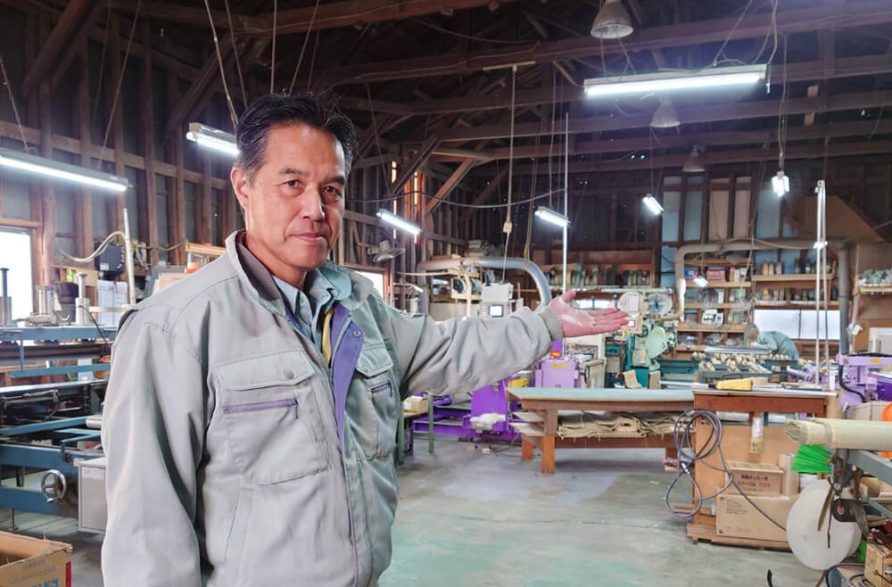
MASUHIRO TSUKAMOTO
― When we think of tatami craftsmen, we imagine they make tatami mats with traditional Japanese building materials by hand, but how is the actual work site?
M. Tsukamoto : In the past, it was all done by hand, but these days, it is quite automated.
This is a production line for traditional tatami with tatami-beri, which is a decorative fabric edge that runs along the edge of tatami mats.
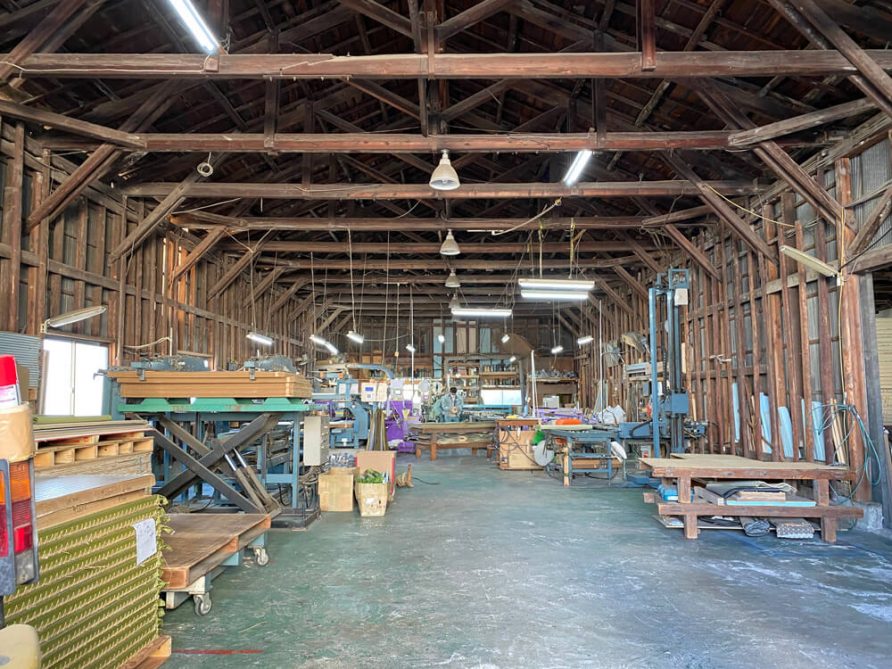
Tatami factory with beautiful high-ceiling trusses
Each process is arranged in a U-shape on this line. It takes about 30 minutes to produce one tatami mat.
Five machines with four craftsmen can produce 200 tatami mats per day.
At full capacity, that is a total of 45,000 tatami mats per year.
Today, tatami mats are usually custom-made to fit the size of the room.
The detailed room size is input into the computer and the size of each tatami mat was calculated.
When using a machine, the dimensions of the tatami can be controlled in 0.3mm increments.
― I see that there are many areas where machines have made the production process easier.
However, it seems like still, manual labor by craftsmen is essential to make a tatami mat, is that so?
M. Tsukamoto : Tatami craftsmen can make a tatami mat just by hand.
However, each craftsman can only produce one tatami per day, so it takes six days to make a tatami mat for six tatami rooms.
Machines are designed to reduce the workload of such craftsmen.
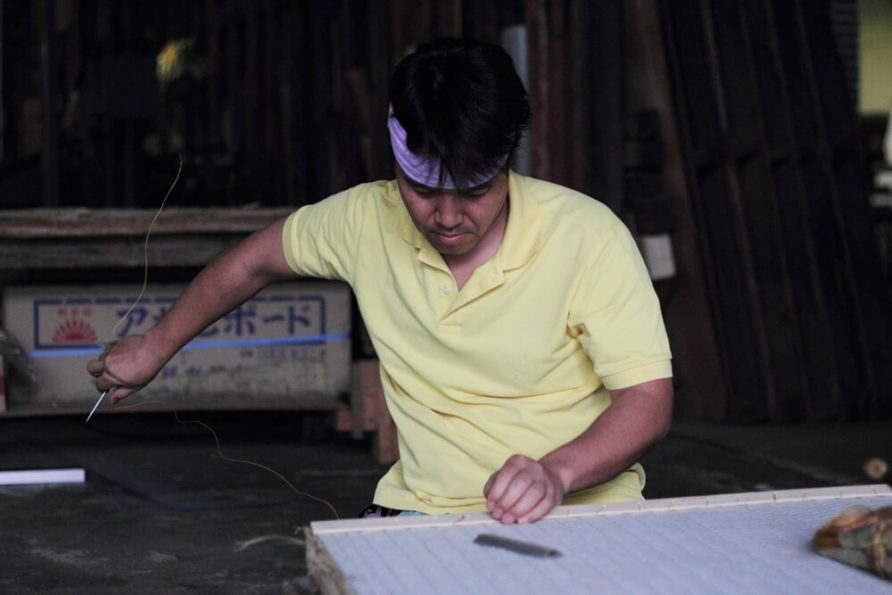
I believe that a tatami craftsman should have the skill of cutting and sewing.
Whether it is thick or thin, soft or hard, we can cut at the exact dimensions.
Then, we sew the tatami precisely after understanding the logic.
Whether done by hand or with the help of a machine, this type of craftsmanship is the same.
Always check with professional eyes and complete each tatami.
― Is there any tatami that cannot be made by this production line?
M. Tsukamoto : We have other production lines for square edgeless tatami (without tatami-beri, also called monk’s tatami), special tatami for temples and shrines, and colorful and stylish tatami woven with Japanese paper or resin fibers other than rush grass.
In the past, tatami mats with tatami-beri were common, but about 20 years ago, tatami mats without tatami-beri began to gain popularity.
Today, about 40% of all tatamis manufactured are edgeless tatami.
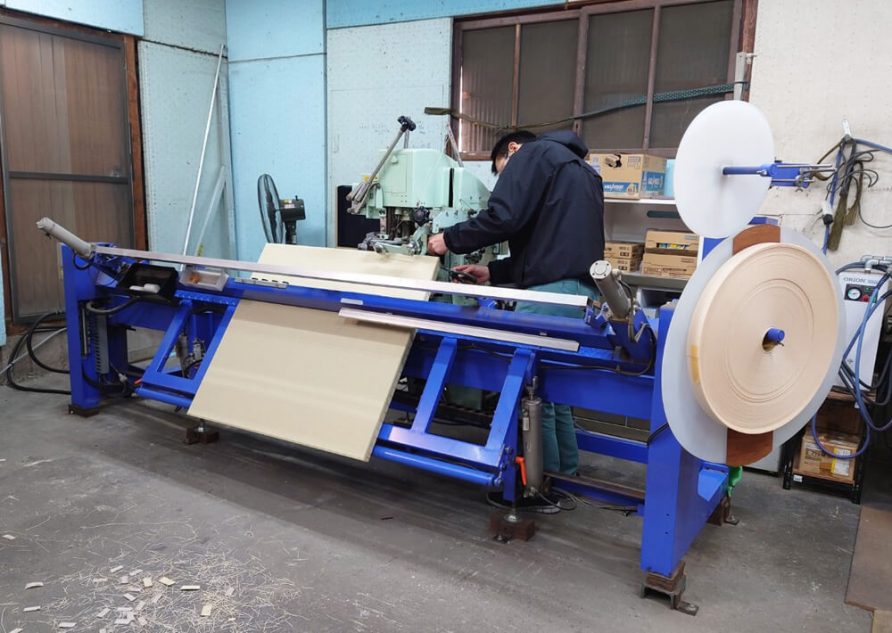
Finishing process of an edgeless tatami mat
When edgeless tatami mats are laid out, there will be cross-shaped gaps between all tatami mats. The crisscross pattern must come out perfectly and neatly in the Japanese sense.
It is not good if a small hole can be seen in the middle of the cross.
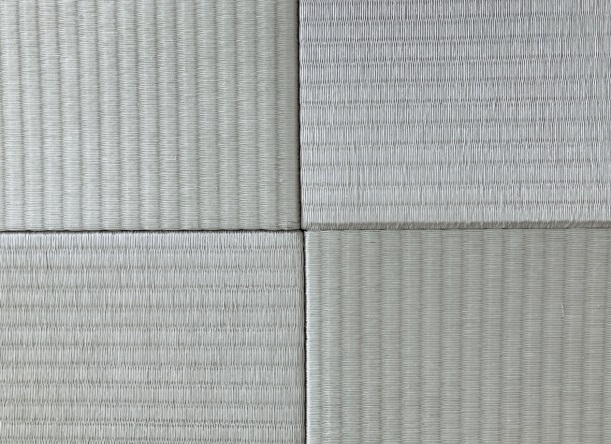
Not only edgeless tatami mats, all types of tatamis, including the traditional tatami mats, should have right-angled corners. Otherwise, tatami cannot lay on the floors perfectly.
Perfectly angled corners are essential.
Craftsmen always take attention to making sharp corners.
Even after tatami mats are made, we are very careful with the corners until they are delivered.
― I see.
I like tatami and have seen it many times, but I’ve never paid attention to the corners of tatami, since they are always laid perfectly.
M. Tsukamoto : Many people are attracted by tatami because of its beautiful appearance, touching feels, and rush grass fragrance.
However, in Japanese culture, people think it is natural tatami mats have no gaps between mats, and the corners are tensed.
No matter how expensive the tatami mats are, if there are gaps between tatami mats when they are laid out, they won’t be accepted.
I think it is our craftsman’s job to make tatami that Japanese people, who have the sense that “no gap is normal,” will not feel any discomfort.
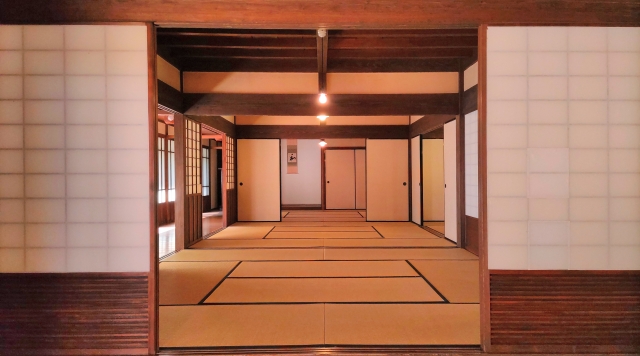
Tatami mats laid evenly with no gaps
The skill of laying the tatami mats evenly in a room.
The process of making a tatami begins with measuring the size of the room.
Also, when a tatami craftsman lays tatami mats on the floor in a room, a special skill is required.
Since each tatami mat is made by estimated size, there is a situation where it is too tight to lay tatami mats in the room, and forcing it into the room may destroy the newly built house.
It is one of the skills of the craftsman to be able to make adjustments on the spot when that happens.
― So, the craftsmen’s work is not just done by the production process, right?
M. Tsukamoto : That’s right. Our company is divided into “outside sales and delivery” and “inside production.
It takes about 3 to 5 years for each of them to become a full-fledged craftsman.
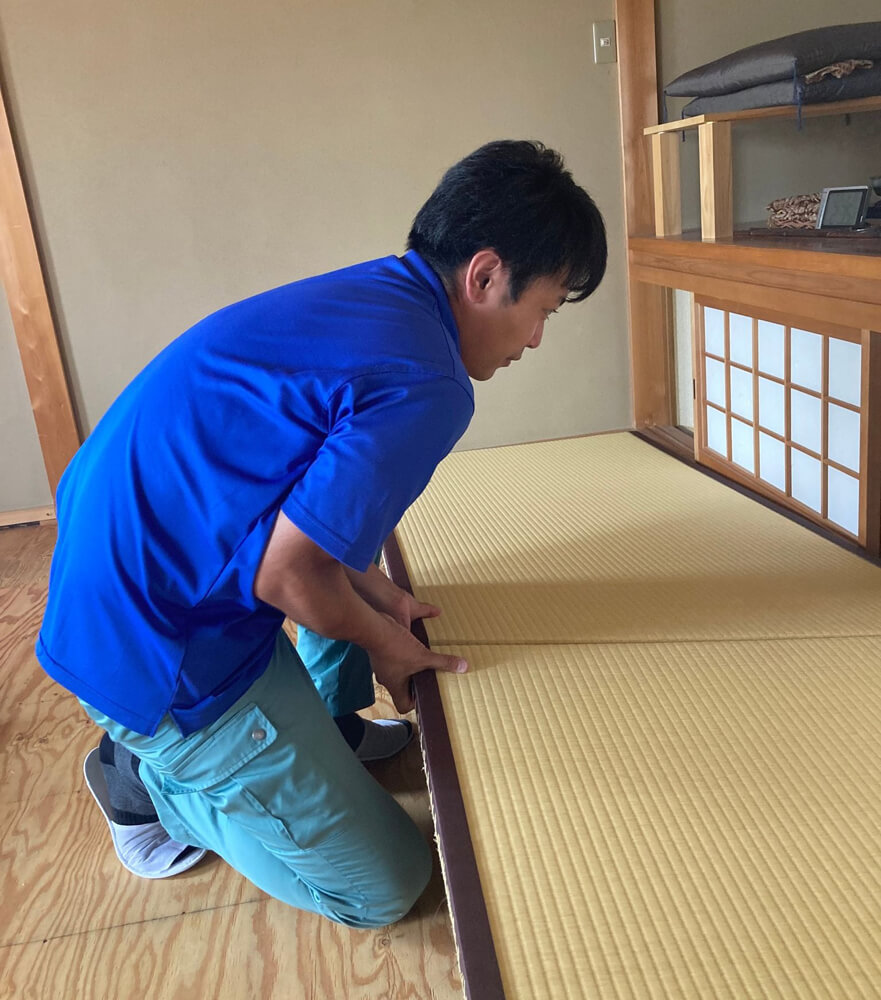
A full-fledged tatami craftsman, handling both sales, delivery and production.
These days, we often hire an employee with no experience and have them train to be a craftsman.
We put a lot of effort into training our employees so that they can quickly become full-fledged craftsmen.
Our skilled tatami craftsmen supporting our company now.
I hope they will continue to work for the growth of the tatami industry.
― Thank you so much for taking the time for this valuable interview.


